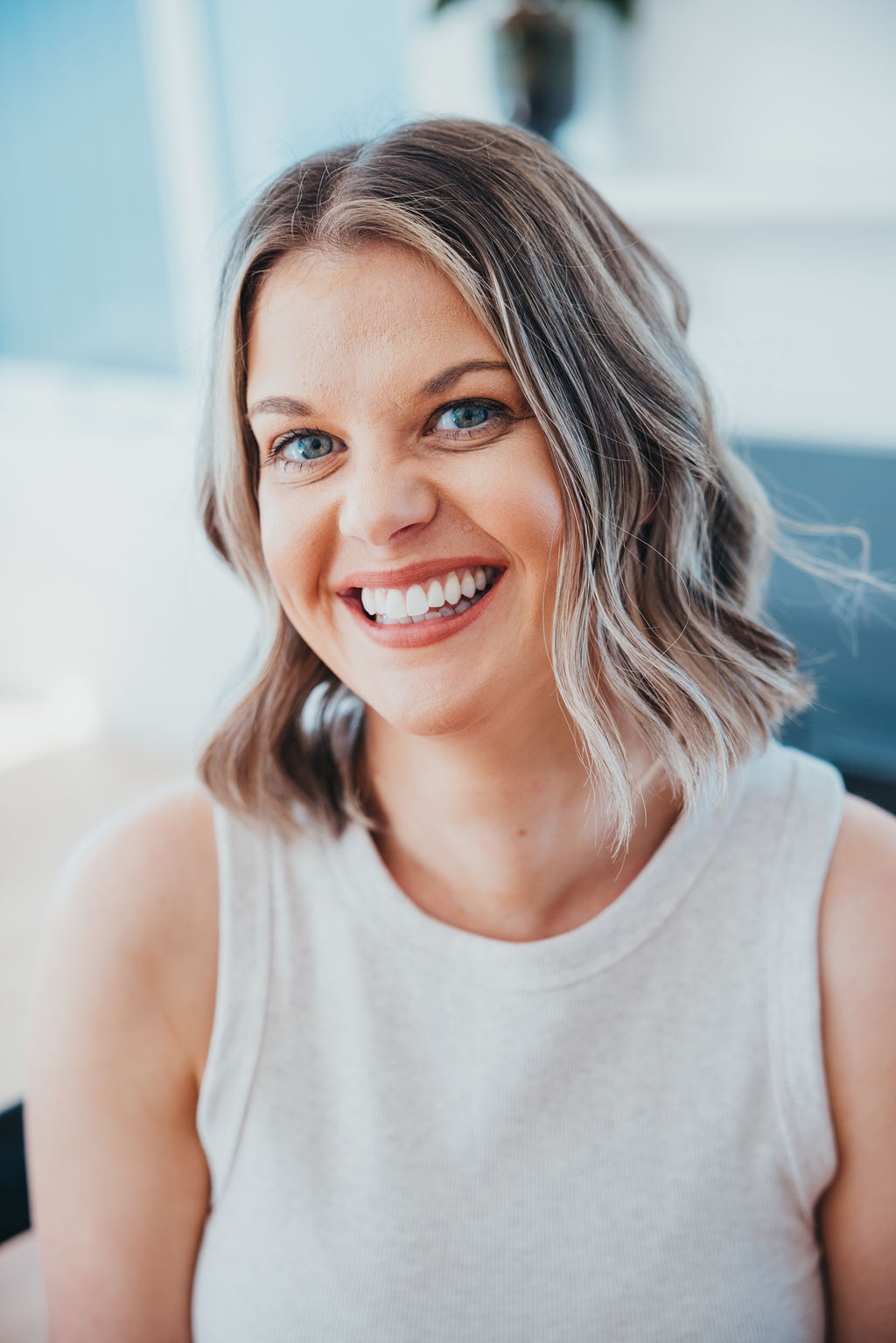Most of us got the same 20-minute crash course on periods back in high school – something about a 28-day cycle, ovulation on day 14, and the vague warning that you could get pregnant any time. But the truth? What you learned back then was wildly oversimplified (and often completely wrong).
Whether you’re trying to conceive naturally, wanting to better understand your health, or exploring life beyond hormonal birth control, understanding your menstrual cycle is essential. As a certified fertility coach and healthcare professional, I’m here to walk you through the four distinct phases of your cycle, so you can start cycle charting with confidence and finally understand what’s actually going on inside your body each month.
Why Your Menstrual Cycle Is So Much More Than Just a Period
Your menstrual cycle isn’t just about bleeding once a month. It’s a continuous, hormone-driven rhythm that reflects your overall health, fertility, and wellbeing. Each cycle begins on the first day of your period and ends the day before your next period starts. That’s your full hormonal blueprint – from menstruation, through ovulation, to the lead-up before your next cycle begins again.
There are four key phases to know: menstrual, follicular, ovulatory, and luteal. And spoiler alert: none of them run on a one-size-fits-all, 28-day timeline.
Let’s dive in.
Phase 1: The Menstrual Phase
This is the phase you’re probably most familiar with- your period. It’s the shedding of the uterine lining that built up in the previous cycle in preparation for pregnancy.
Here’s what’s really happening: ovulation happened earlier (we’ll get to that soon), but the egg wasn’t fertilised. So progesterone levels drop, the uterine lining breaks down, and you bleed.
Day 1 of your cycle is the first day of bright red bleeding. Not spotting, not brown discharge – bright red flow. This is your reset button.
Cycle Charting Tip: That first day of bleeding is the anchor point for tracking your cycle. From here, you can start to observe patterns and predict when you’ll ovulate.
Phase 2: The Follicular Phase
The follicular phase begins right after your period and continues until ovulation. Oestrogen is on the rise, your body is prepping an egg for release, and you’ll likely start to feel more energetic and focused.
This is also the most variable part of your cycle. If your periods feel irregular or unpredictable, this is the phase to watch.
Why this matters: Your luteal phase (post-ovulation) tends to stay the same length every cycle. So when your total cycle length varies, it’s usually your follicular phase that’s shifting. This is where cycle charting can give you clarity, especially if you’re trying to conceive naturally.
Phase 3: The Ovulatory Phase
Here’s where the magic happens: ovulation.
But let’s clear something up straight away: ovulation does not always happen on day 14. In fact, it rarely does. Only about 10% of women ovulate exactly on day 14, and even then, not every cycle.
Ovulation is when a mature egg is released from the ovary, triggered by a surge in luteinising hormone (LH). That egg will live for only 12–24 hours, and this is your fertile window.
But wait! Because sperm can survive up to 5 days in fertile cervical mucus, your actual fertile window spans several days leading up to ovulation.
This is why pinpointing ovulation – through body literacy and fertile sign tracking – is so much more reliable than relying on an app. If you’re serious about natural fertility, understanding your own ovulation patterns is everything.
Cycle Charting Tip: Look for signs like stretchy, egg-white cervical mucus, increased libido, and a surge in energy or mood. These are all signs ovulation is near.
Phase 4: The Luteal Phase
After ovulation, the ruptured follicle becomes the corpus luteum, which produces progesterone to support a potential pregnancy.
If the egg is fertilised, progesterone keeps rising to maintain the uterine lining. If not, levels fall and your period begins.
The luteal phase typically lasts between 11–17 days and is remarkably consistent for each individual. Unlike the follicular phase, your luteal phase won’t vary much from cycle to cycle.
This is often when you’ll feel the effects of PMS – lower energy, irritability, the need to slow down. Your body is in wind-down mode, and honestly, it’s trying to tell you to rest.
So, Why Does This Matter?
Because understanding your cycle is the foundation of taking charge of your reproductive health. Whether your goal is to conceive naturally, use fertility awareness for birth control, or just finally feel like you get what’s going on in your body, cycle charting is your power tool.
Knowing when (and if) you ovulate is essential for getting pregnant. But it’s also key for spotting hormone imbalances, syncing your lifestyle to your cycle, and advocating for yourself in the doctor’s office.
When you learn to track your cycle and understand your fertile signs, you’re no longer at the mercy of guesswork or generic advice.
You become the expert on your body.
Final Thoughts from a Fertility Coach
There is no “perfect” cycle. No two women will have the same rhythm, and that’s okay. The real magic happens when you stop trying to fit your body into someone else’s textbook timeline and start tuning into your own patterns.
As a fertility coach, I’ve seen firsthand how powerful it is when a woman understands her cycle. It changes everything – from how she moves through the world, to how she approaches conception, birth control, and beyond.
So if you’re just starting out, or you’ve been struggling to conceive and wondering what’s “wrong,” let me reassure you: this knowledge is your first step toward clarity, confidence, and control.
You don’t need to rely on an app. You just need to learn the language of your body.

+ show Comments
- Hide Comments
add a comment